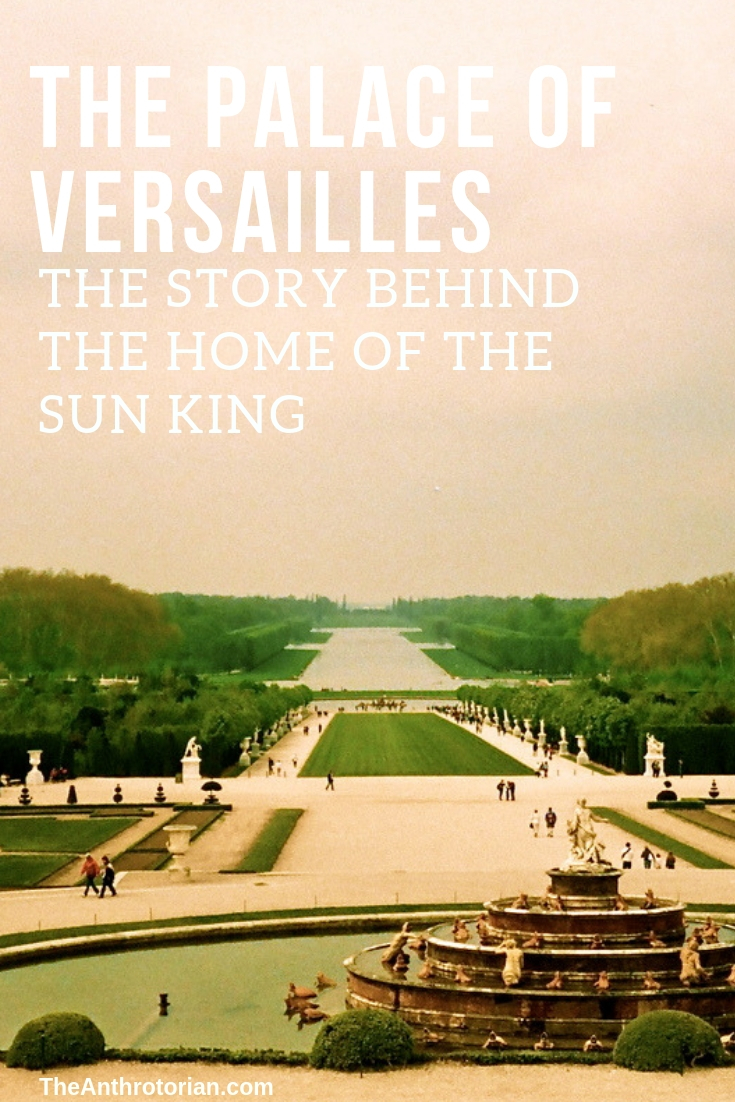Louis XIV, also known as ‘The Sun King’, was a notorious playboy who had the longest, absolute rule in European history (from 1643-1715), during which he expanded royal art patronage making the French Royal court the envy of every ruler in Europe.
Who created the intricately designed palace?
Creating the Royal Academy of Painting and Sculpture and the Royal Academy of Architecture came in handy when in 1668, he began to enlarge the small chateau built by Louis XII at Versailles. Artists were guaranteed work as they were commissioned to design every intricate detail of the palace while an army of architects, basing their designs on the belief that mathematics is the true basis of beauty, were well trained and ready to work on the colossal structure.
Built by four men (Le Vau, Charles Le Brun, Andre Le Notre and Hardouin-Mansart) who oversaw every detail, down to the last flower planted in the extensive gardens, the famous palace has over 700 rooms, 67 staircases, 2153 windows, 6300 paintings and over 5000 pieces of furniture (many furnishings disappeared during the revolution).
Why did he build the palace?
Afraid of assassins in Paris — allegedly due to him walking in on an attempt on his father’s life as a young boy — Louis XIV intended to build the palace in order to have a place where he could feel safe. He eventually moved his entire court of over 20,000 nobles to the palace to live with him.
The creation of the Hall of Mirrors
The most impressive of the 700 rooms is by far the opulent, sparkling Galerie des Glaces aka The Hall of Mirrors.
The 75m long ballroom began as an open gallery that was enclosed and lined with windows overlooking the palace gardens.
In order to achieve architectural symmetry, the interior walls were lined with 17 mirrors sitting opposite the windows, made with Venetian glass. Large sheets of mirrored glass in the 17th century were incredibly difficult to find and so hundreds of small pieces were brought in, assembled and attached to one another with glazing bars.
The resulting effect makes the room feel even more vast than it already is (see image below).
The vaulted ceilings are decorated with paintings glorifying the reign of Louis XIV and huge crystal chandeliers hang from them, their light bouncing off the mirrors making all of the gold accents glow.
There is something incredible about being in that room, and it is not only because of it’s opulence. It is because of the history that has happened there and the historical figures whose footsteps you can walk in.
The Sun King and his nobility may have been the first, but over those floors walked Louis XVI and his wife Marie Antoinette (soon followed by angry revolutionaries who dragged them out of the palace, looting as they went). Napoleon lived within its walls for a time as well.
More recently (June 28, 1919 to be exact), the famous hall was the venue where men from 21 nations gathered to sign a document known as The Treaty of Versailles that ended WWI and set into motion the events that led to WWII. Britian’s David Lloyd George, France’s Clemenceau, America’s Woodrow Wilson and Vittorio Orlando from Italy were just a few of the men who negotiated the end of the war (and the beginning of the worst war the world would ever see).
All of these historical figures gazed at themselves in the Venetian mirrors, looked out on the never ending green gardens (see above) and enjoyed the paintings under the golden glow of the Hall of Mirrors.
How much did Versailles cost to build?
Interestingly, no one knows how much money was actually spent on the Palace of Versailles as Louis XIV burned all of the accounts in order to keep his spending a mystery.
Planning your visit
The Palace is open every day, except on Mondays, from 9:00 am to 6:30 pm. General admission for the palace only is 18 Euros.
The Gardens and the Park are open everyday. Access to the Gardens is free except on days with Musical Fountains Show or Musical Gardens. Children under 6 have free access to the Gardens everyday.
Visit the website for more information.











